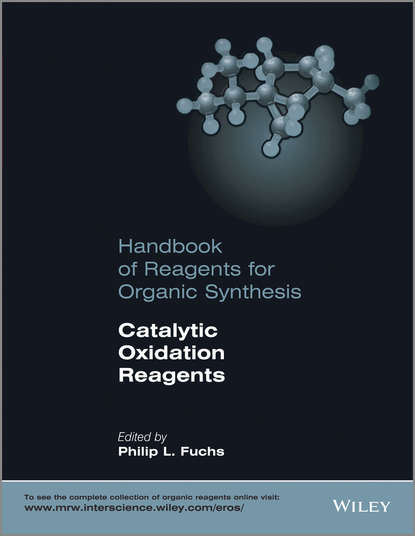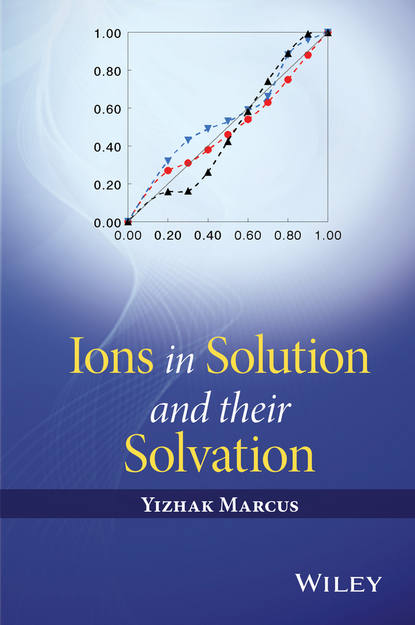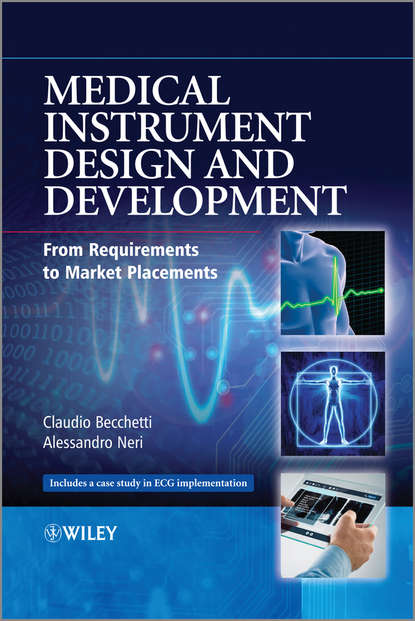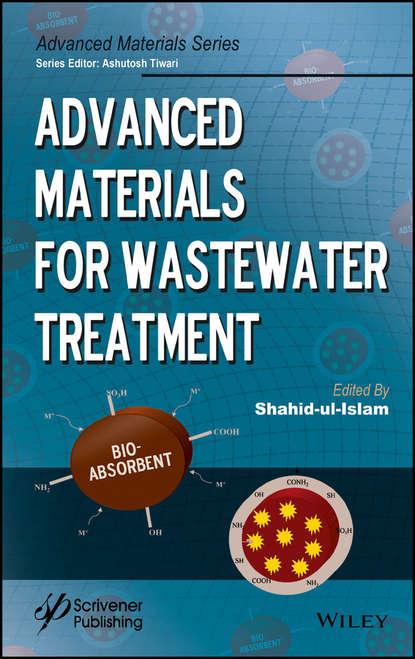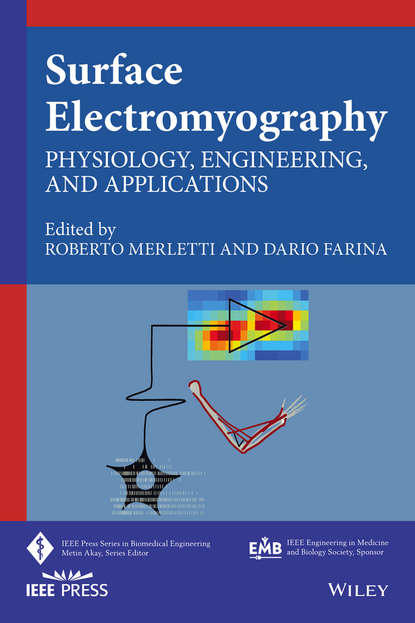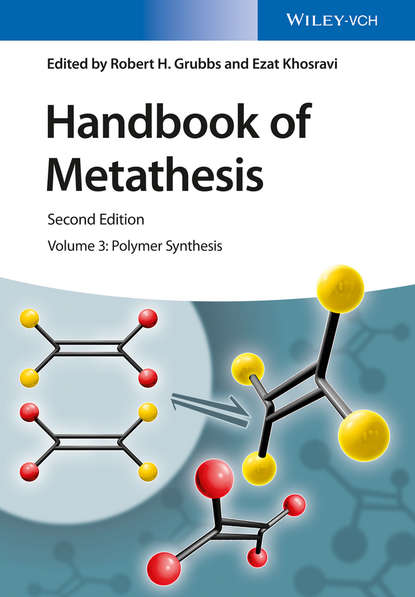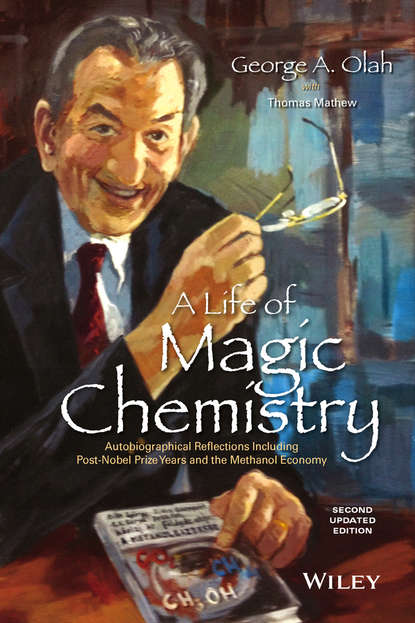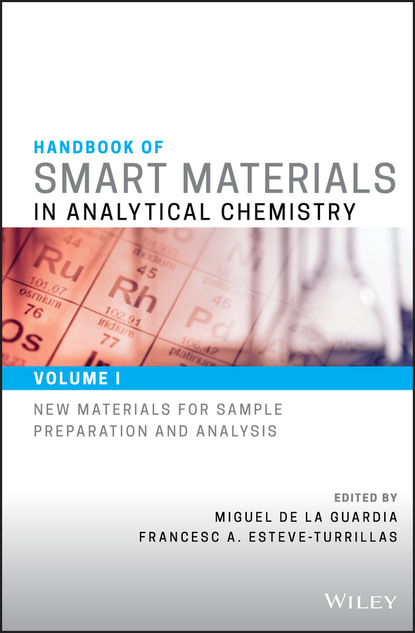Книга “Integrating Green Chemistry and Sustainable Engineering” является коллективным трудом авторов, которые объединили свои знания и опыт в области зеленой химии и устойчивой инженерии. В книге рассматриваются основные принципы и подходы к разработке экологически чистых и устойчивых технологий, а также приводятся примеры их практического применения.
Авторы книги представляют различные дисциплины, такие как химия, экология, инженерия, менеджмент и другие. Их совместная работа позволяет создать целостное и всеобъемлющее описание концепции зеленой химии и ее применения в различных отраслях промышленности, включая химическую, пищевую, фармацевтическую и другие отрасли.
В книге подробно рассматриваются принципы зеленой химии, такие как использование возобновляемых ресурсов, уменьшение отходов, снижение выбросов и повышение энергоэффективности. Авторы также описывают методы и инструменты, используемые для оценки и оптимизации экологических показателей процессов и продуктов.
Особое внимание уделяется устойчивому инженерному подходу, который включает в себя рассмотрение экологических, социальных и экономических аспектов проектов и решений. Авторы приводят примеры успешных проектов, которые были реализованы с учетом принципов зеленой химии и устойчивого развития.
Книга будет полезна для специалистов в области зеленой химии и инженерии, а также для студентов и преподавателей, интересующихся этой темой. Она может служить источником знаний и вдохновения для тех, кто стремится к созданию экологически чистых и социально ответственных технологий и продуктов.
Авторы: A. Manjappa, D. Saravanavel, G. Victor Samuel Kapoor, V. Suresh, B. Subramani; Edited by Dr. N. Manohar: This book consists of ten chapters and is written in a simple English language. The title of this book focuses on the integration of green chemistry and sustainable engineering techniques to create industry-relevant products in the backdrop of global sustainability concerns. It is a unique effort to present key aspects of research across many disciplines for industrial practitioners, academicians and researchers interested in technology applications in the chemical industry. The issues related to renewable resources exploitation in the production of natural polymer based piezoelectric devices for thermal energy harvesting is explored in depth. The studies analysed are performed using variegated materials like cellulose, chitin, chitosan and polylactic acid along with their composites at different scales. An attempt has been made to tailor the material synthesis under environmentally benign processing conditions to scale-up the design implementation and subsequent econometric assessment. Machining data, sustainability indices characterization and fabrication eco-indicators of the products developed are evaluated. Chapter 2 concentrates on statistical data mining approaches including predictive analytics for green innovation, efforts to develop machine learning algorithms are addressed to solve an environmental issue by predicting the adverse effects of pesticide constituents in water sources. Simulation methodologies including response surface methodology in conjunction with artificial neural networks for catalytic systems excellently demonstrate their capabilities to reduce percentage metal loading, enhance efficiency and counter alternate modes of degradation. Chapter 3 details the synthesis and characterizations process of nanomaterials, their contributions in electrochemical power source performance and these earned attention in medical applications as they are implied in cell adhesion, drug delivery and tissue engineering, as also are analysed for transdermal drug administration. Aspects like morphology, crystallinity and size distribution, correlations between physicochemical properties and energetics in nanomaterial systems are also deliberated. Zinc oxide nanoparticles are used to fabricate self-assembly patterns resulting in favourably large surface area over the entire area, fabricated with ease and efficiency. An investigation to reduce greenhouse gas emission while achieving a higher degree of process control is explained in chapter 4. A combination of improved visibility/ optical sensing suitable for sealing defects with the investment made in interventions targeted for controlling air pollution against health hazards, was weighted carefully. Ultimately a sustainable multi-criteria decision model for the remediation of coal mining wastes is incorporated in an integrated system. Studies related to application of advanced oxidation technologies aimed at eliminating recalcitrant pollutants by photocatalysis, persulfate-based oxidation and advanced oxidation are thoroughly described. Major importance is given to a rapid oxidation approach. Issues of thermodynamic, kinetic, and experimental feasibility in pursuit of well-organized activation energies to achieve the purpose with simultaneous removal of toxicities. Techniques of copper doping for nanostructured silica's conversion using a green GRAPES (glycine betaine assisted sonochemical) approach is elaborated in chapter 5. Composites with porous silica's homogeneity are outlined which are formed from base material and ordered grids on account of liquid's mixing motions in presence of the DMA (dynamic light scattering imaging method). Chapter summarizes plant extract derived N–succinimidyl carbonate, described as potentially viable renewable amine device substrate for potential translation into TiO2-derived solid organic frameworks, toe assay markers, GMP manufacturing materials, bioactivation reagents, most important, the application-based efficacy of developing novel hybrid materials. Chapter discusses the treatment of complex matrices, such as textile effluent and paper mill waste water. Advanced oxidation, adsorptive stripping voltammetry, microemulions consume zero homogeneous phase-transfer catalysts. Instead they make better use of enzymes to improve electric conductivity properties of alloy's conductive film, in addition they disperse a smaller number of parts with less sample pre-treatment as a result, resulting chemical analyses. Surprisingly, despite this significant economic advantage, the method has started gaining popularity too. Electrical resistance tomography, ultrasonic plotting, complete machine structure assembly are detailed in chapter. An innovative technique to obtain "phaseibnformabtilitypbilifty plot" is outlined which is registered to split the inhomogeneous mixture BETALK disc in three sectors, depending on the density variation's middle value. Optimal baby milk powder premix optimization approaches are enhanced to enable the disaggregation of macronutrients and the consequent strengthening of pouches.
Эта книга является результатом кооперативных усилий многих научных сотрудников из разных стран. В ней суммированы последние достижения в области развития систем автоматизации химических процессов, управления химическими реакциями и проектирования экологичных систем, разработанных с использованием новейших концепций зеленой химии. Описываются как традиционные подходы, так и новые технологии, позволяющие проводить синтезы в контролируемых условиях с получением максимального выхода высококачественных продуктов при минимизации загрязнения окружающей среды. .
Электронная Книга «Integrating Green Chemistry and Sustainable Engineering» написана автором Группа авторов в году.
Минимальный возраст читателя: 0
Язык: Английский
ISBN: 9781119509844



